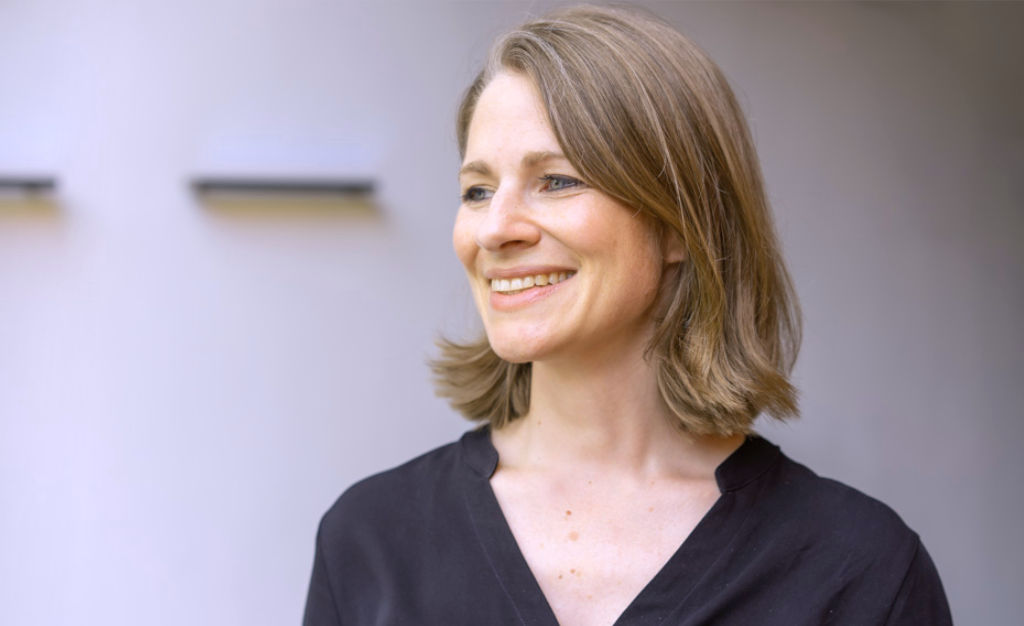Services
Industries
About us

 Stefanie Turber
Stefanie Turber

04.10.2022
Future by design – making organisations future-competent with the help of design
Why do we need to look into the future?
When something has worked in a similar way for a very long time, we like to think we are safe in the knowledge that this will be true for a while – the deceptive linearity of events. However, persisting in previously successful strategies and routines is risky, especially in times of rapid change and increasing complexity. After all, complex systems such as our modern networked world are characterised precisely by non-linear reactions and interactions that are hardly apparent at first glance. Continuing to improve what seemed right at a particular time almost always falls short today.
Understanding, visioning, shaping
The systematic view forward enables organizations to be better prepared for (disruptive) events and trends. This systematic view includes understanding possible future developments in a structured way, visioning the future in various forms and shaping it according to its needs.
Resilient organizations can deal with the unexpected more confidently, formulate wishes for the future more clearly and work out design options for long-term developments today. To do this, they need to develop a sensorium for trends and sustain structured reflection on what each of these trends means for the organization.
The ability to better understand future developments and to use them for oneself is called future competence – Future Literacy – because it can be learned. It makes us aware, stimulates our imagination, and improves our ability to prepare for changes and to see them as opportunities. Precisely because it can be learned, it is a priority for modern leadership culture to anchor this ability in the organization.
How design can help us understand and shape futures
If we seek innovation along different time frames – sometimes thinking a decade ahead, sometimes with short-term goals – it is essential to establish design as a link between strategy and foresight. In this way, we can combine the best of both worlds.
„Design can set agendas and not necessarily be in service, but be used to find ways to explore our world and how we want it to be.”
Our design virtues help us to do this:
- Understanding, framing and reframing challenges
- Taking multidisciplinary perspectives and synthesizing them into new orientational knowledge
- Our prototyping approaches help us make the future imaginable in the present
- The iterative design process enables us to achieve ever higher reliability in these approaches
Our design methods will result in surprising possibilities for your roadmap. We call our approach Future by Design.
Who our approach is aimed at
We address our approach to people who want to moderate their organizations into a promising future in the long term: Strategy and innovation teams, executive management, boards of directors and supervisory boards. We have a solid handrail for a reflective look into the future.
Where do you want to stand?
Feel free to get in touch.